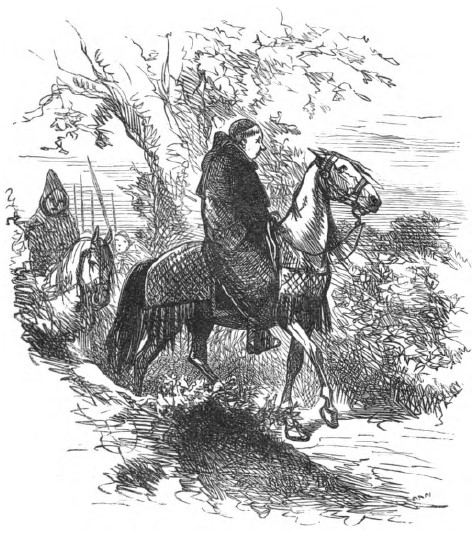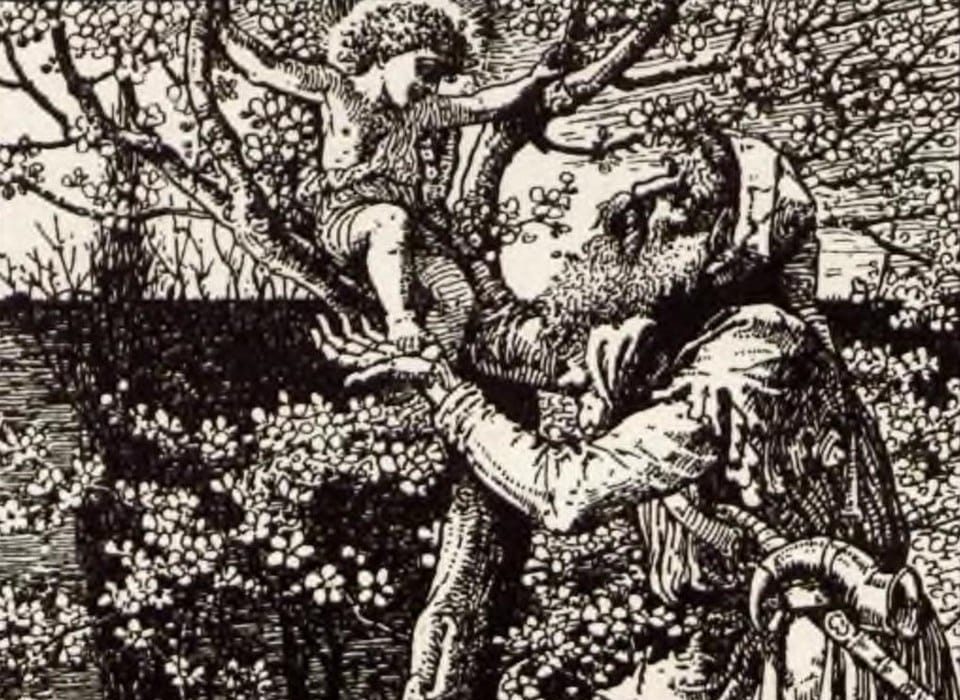The character of Robin Hood is one of complexity even though he lives a chivalrous life. And that’s to be expected. Life during medieval times is certainly dangerous and violent, so to be a truly courageous character at this time, one must exist with their foot in two worlds. In this post, we will be examining more medieval Robin Hood tales examining the ballad “Robin Hood and the Monk” in order to ascertain Robin Hood’s sense of justice and loyalty.
Background
Robin Hood and the monk is a Middle English ballad, which means it was a ballad written during the time period between 1066 and the 15th century. Roughly, the earliest part of the ballad is from 1450. Moreover, it is a lengthy ballad. The text can be “confidently attributed to the medieval period” (Britannica).
Currently, Cambridge University preserves the manuscript. It was first printed as “Robyn Hode and the Munke” in 1806 by Robert Jamieson (Knight). It is “believed to be the oldest surviving written ballad of Robin Hood” (Robin Hood Legend).
Summary
In the First
The ballad tells the story of Robin Hood’s encounter with a monk after he attempts to return to mass one morning in Nottingham. After a quarrel over the payout of a bet with Little John, Robin goes to the mass alone. There, the monk recognizes him as the man who robbed him some time ago. Meanwhile, the law in Nottingham declare Robin “the kynggis felon” or otherwise known as an outlaw.
As stated by the monk in describing Robin to the sheriff:
“Rise up,” he seid, “thou prowde schereff,
Buske the and make the bowne;
I have spyed the kynggis felon,
For sothe he is in this town.
Continuing, the monk turns Robin in for money and the merry men then seeks to free him from the dungeon. In their quest for revenge, the merry men capture the monk and Little John lectures them.
“He was my maister,” seid Litull John,
“That thou hase browght in bale;
Shalle thou never cum at oure kyng,
For to telle hym tale.”
John smote of the munkis hed,
No longer wolde he dwell;
So did Moch the litull page,
For ferd lest he wolde tell.
Afterward, the merry men murder both the monk and the page and they steal the letters for the king. After speaking with the king, Little John is able to free Robin from the dungeon under the presumption that Robin will go see the king.
In the Second
They free Robin from the jailer after a ruse involving the monk’s promotion to abbot. The sheriff drinks heavily and falls asleep, awaking to find a dead jailer and an empty cell. In return for his rescue, Robin offers the role of leadership to Little John, but he declines. The King, meanwhile, finds Little John’s sense of loyalty inspiring and so allows the merry men to continue their exploits.
And here the ballad ends:
Thus endys the talkyng of the munke
And Robyn Hode I wysse;
God, that is ever a crowned kyng,
Bryng us alle to His blisse!
Analysis
The ballad “Robin Hood and the Monk” shows Robin’s character more than anything and the friendship of the merry men. In the story, the monk betrays Robin. As such, he should stand for vengeance, bringing his very bow to all those that wronged him; yet, he does not. There is a common thread of what I would call “overreaction” in many medieval Robin Hood tales.
Instead, he turns his focus on anointing Little John as the new leader and thanks his lucky stars that he is free. In this, we see Robin as a classic (and classy) hero, as he embodies the heroic qualities of forgiveness (for making Little John upset) and doing away with pride in offering the man leadership.
Works Cited
“Robin Hood: Legendary Hero.” Britannica. Web. https://www.britannica.com/topic/Robin-Hood
“The Early Ballads.” Robin Hood Legend. Web. https://robinhoodlegend.com/early-ballads/
Knight, Stephen, Ohlgren, H. Thomas. “Robin Hood and Other Outlaw Tales: “Robin Hood and the Monk.” Rochester, Middle English Text Series.





Leave a comment